In the realm of food preservation, traditional methods often hold surprising scientific merit. One such practice, deeply rooted in Japanese culinary culture, involves placing an umeboshi (pickled plum) at the center of a rice-filled bento box. For generations, this technique has been believed to prevent bacterial growth and keep the meal fresh—especially important in the absence of refrigeration. But how effective is this method really? Recent experiments have shed light on the antimicrobial properties of umeboshi and its practical applications in modern food storage.
The umeboshi, a product of pickling ume fruits with salt and red shiso leaves, boasts an intensely sour and salty profile. This distinctive taste comes from its high acidity, primarily due to citric acid, which can constitute up to 5% of the plum’s weight. Historically, Japanese laborers and soldiers relied on umeboshi not just as a flavor enhancer but as a preservative. The idea was simple: by embedding the plum within warm rice, its acidic juices would disperse gradually, creating an environment hostile to bacteria. But does this hold up under scientific scrutiny?
Researchers have conducted controlled experiments comparing rice samples with and without umeboshi under room-temperature conditions. The results were striking. Rice containing an umeboshi showed significantly slower bacterial growth over 24 hours compared to plain rice. The plum’s acidity lowered the pH of the surrounding rice to around 3.5—a level at which many common foodborne pathogens struggle to multiply. This effect was particularly pronounced against Bacillus cereus, a bacterium often responsible for rice-related food poisoning.
Beyond acidity, umeboshi offers additional antimicrobial compounds. The red shiso leaves used in pickling contain rosmarinic acid and other polyphenols with proven antibacterial and antioxidant properties. These compounds work synergistically with citric acid to suppress microbial activity. Interestingly, the salt concentration in umeboshi (sometimes exceeding 20%) also contributes to preservation by drawing moisture out of nearby rice grains, further inhibiting bacterial growth through dehydration.
Modern food scientists have taken note of these properties. Some bento box manufacturers now incorporate umeboshi extract into biodegradable food wraps, while others experiment with concentrated plum powder as a natural preservative. However, purists argue that the traditional whole-plum method remains superior because it allows for gradual acid diffusion, preventing localized over-acidification that might make the rice unpalatable.
Practical applications extend beyond bento boxes. Outdoor enthusiasts have adopted the umeboshi rice technique for packed meals during multi-day hikes. Home cooks in humid climates use it to preserve rice-based dishes left unrefrigerated for short periods. Even some school lunch programs in rural areas without reliable electricity continue the practice, valuing its dual role as a preservative and a digestive aid (ume has long been associated with alleviating stomach discomfort).
Yet limitations exist. The umeboshi method works best with plain white rice; fatty or protein-rich foods require additional preservation strategies. Over-reliance on this technique in warm environments (above 30°C/86°F) may still risk food spoilage. Nutritionists also caution that daily consumption of high-sodium umeboshi could impact blood pressure, suggesting moderation.
As interest in natural food preservation grows, the humble umeboshi offers a compelling case study—a convergence of ancestral wisdom and biochemical efficacy. Future research may explore optimizing its use in commercial food storage or isolating its active compounds for broader applications. For now, this pink-hued plum remains both a cultural icon and a functional kitchen staple, proving that sometimes, the best solutions come pre-packaged in centuries of tradition.
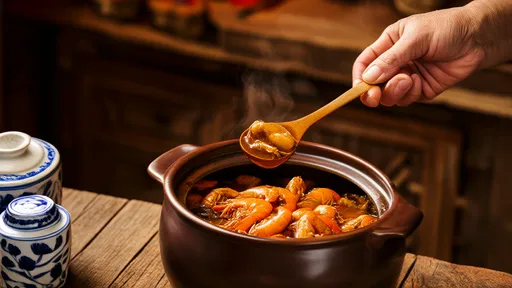
By /Aug 11, 2025
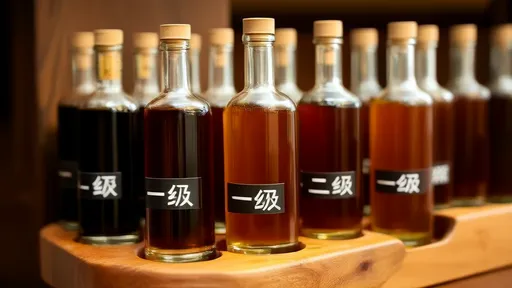
By /Aug 11, 2025
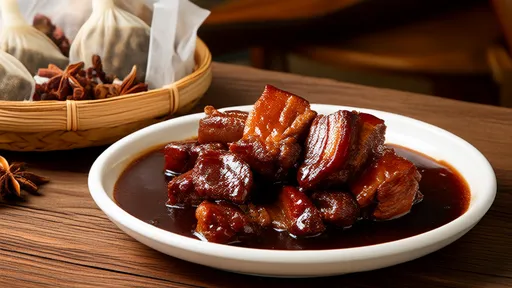
By /Aug 11, 2025
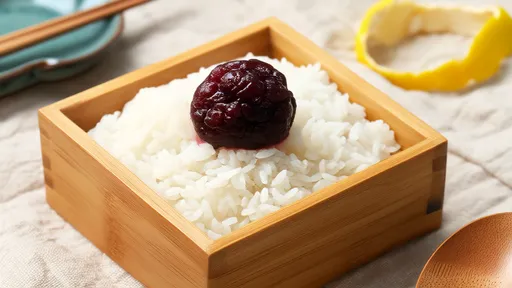
By /Aug 11, 2025

By /Aug 11, 2025

By /Aug 11, 2025
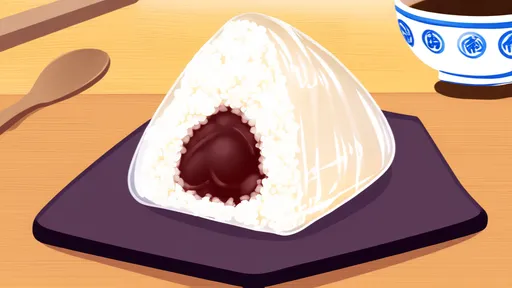
By /Aug 11, 2025

By /Aug 11, 2025

By /Aug 11, 2025

By /Aug 11, 2025

By /Aug 11, 2025
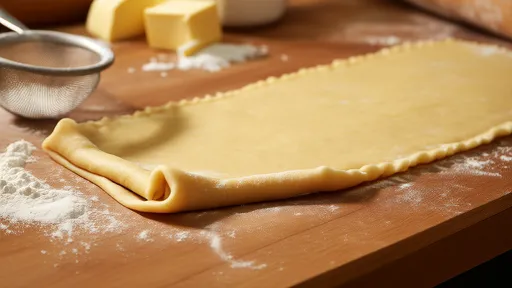
By /Aug 11, 2025
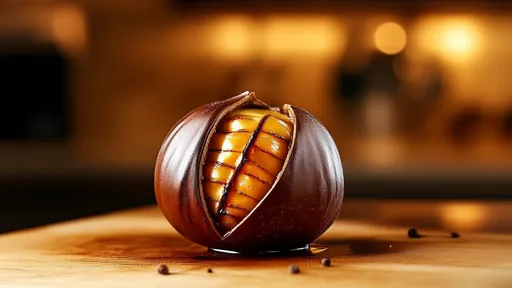
By /Aug 11, 2025

By /Aug 11, 2025

By /Aug 11, 2025
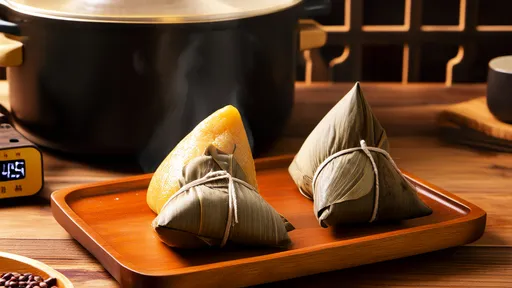
By /Aug 11, 2025
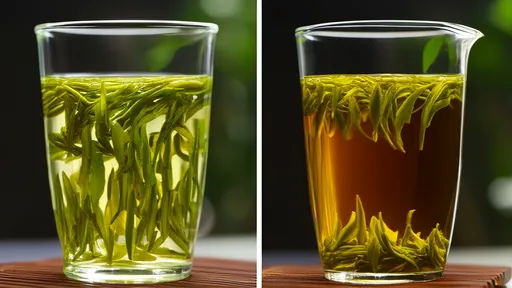
By /Aug 11, 2025

By /Aug 11, 2025

By /Aug 11, 2025

By /Aug 11, 2025